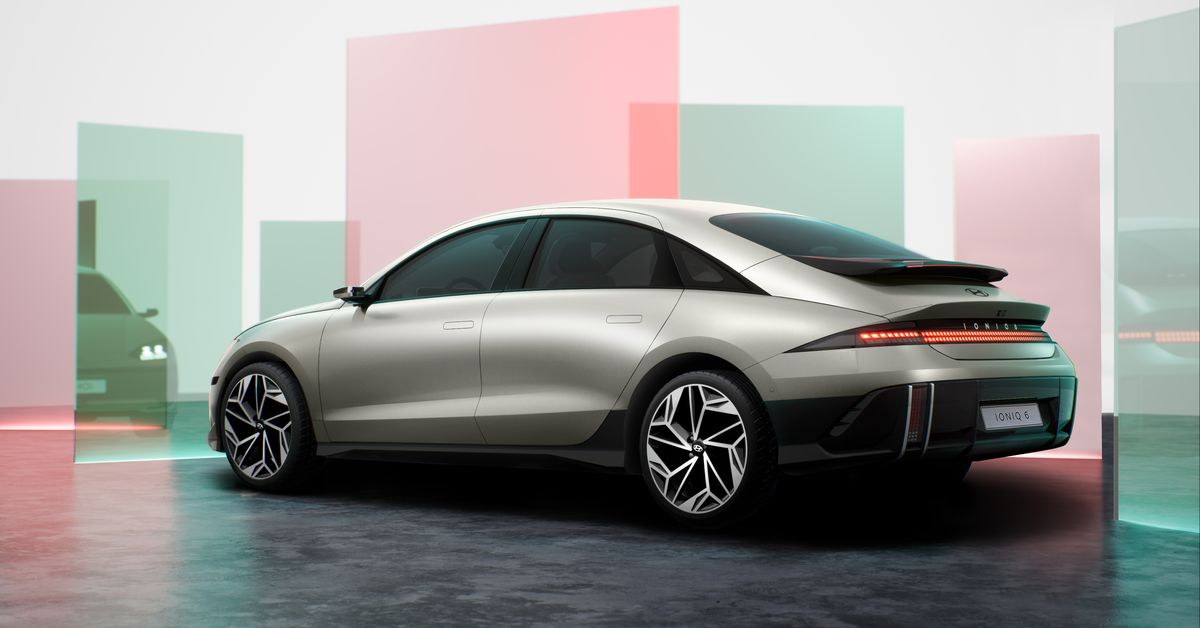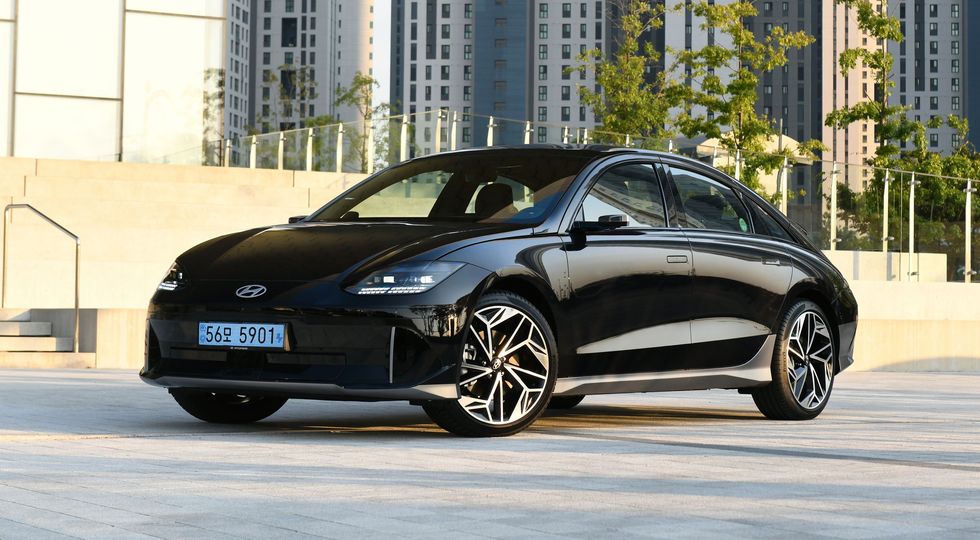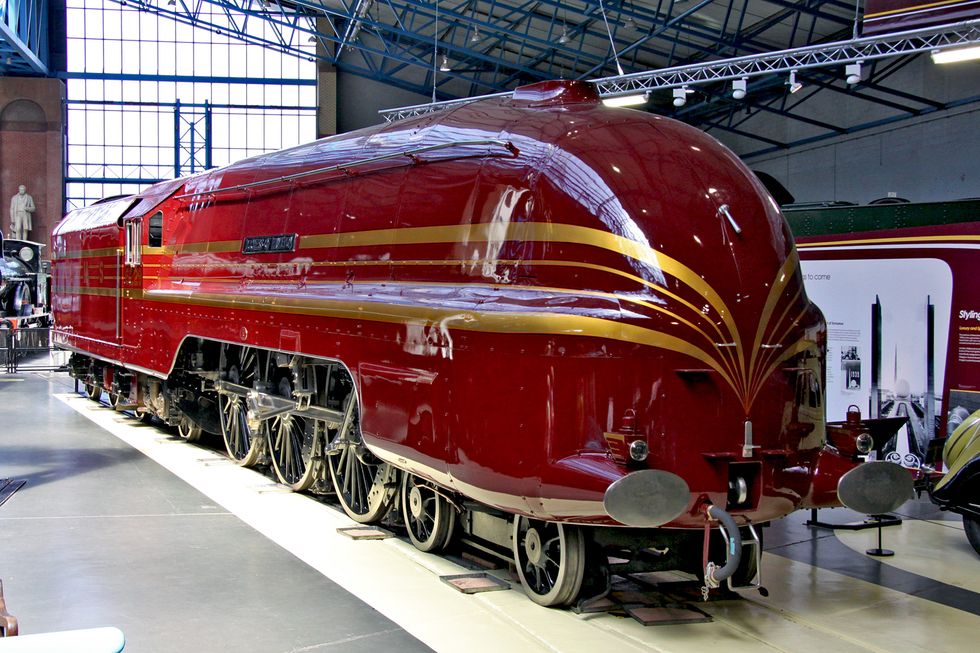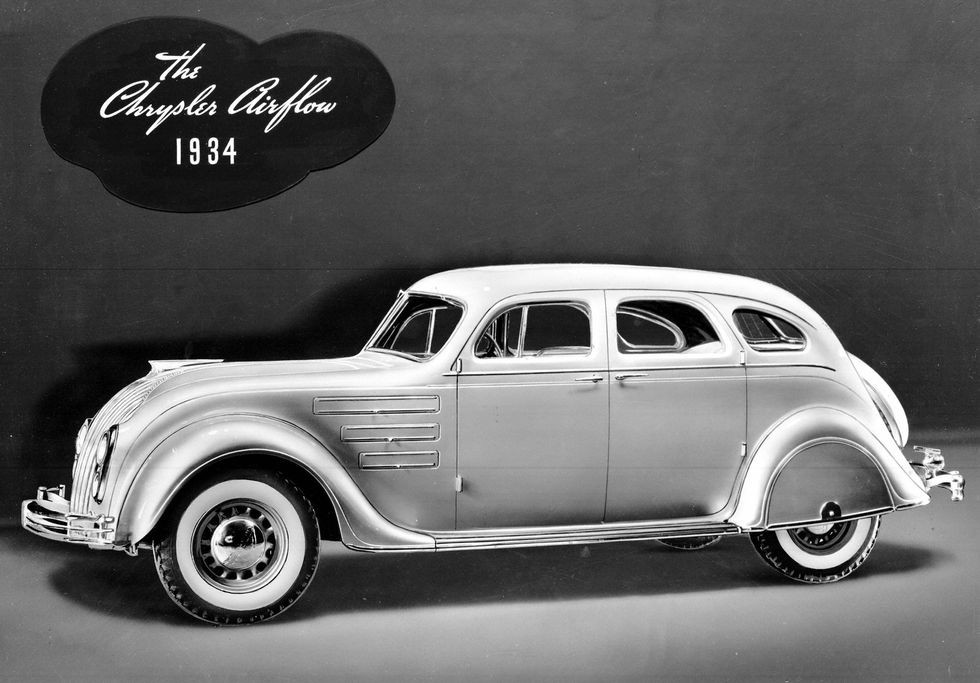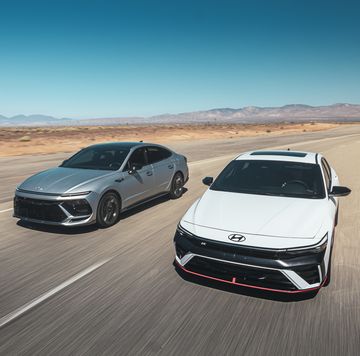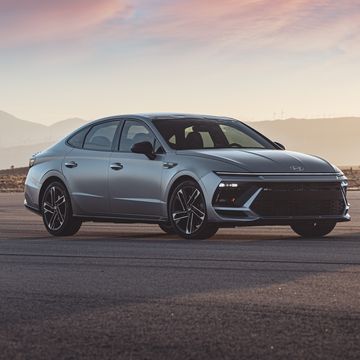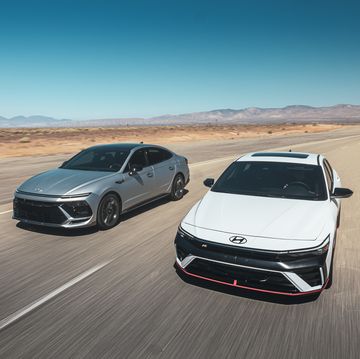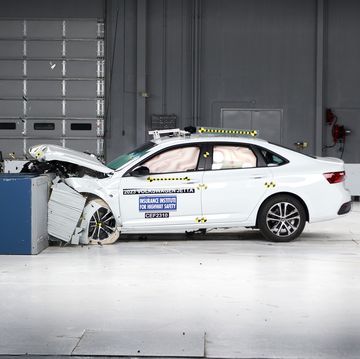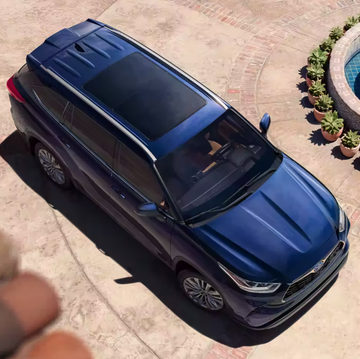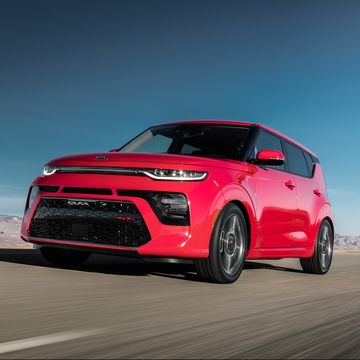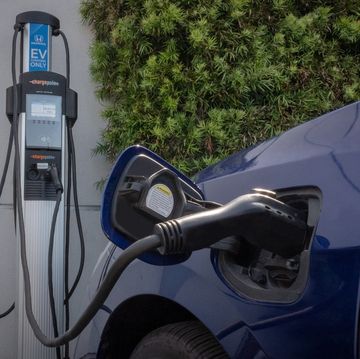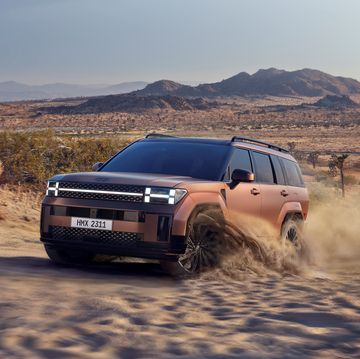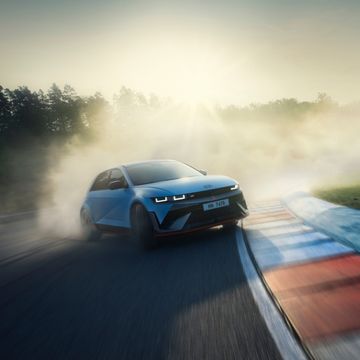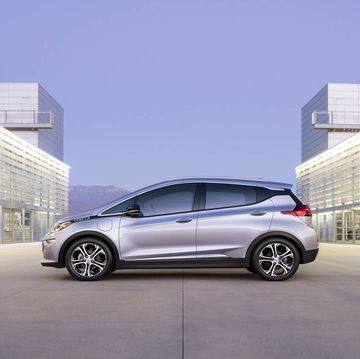- While Hyundai's Ioniq 5 appears to have been drafted with a T-square and triangle rather than sculpted, the banana-shaped Ioniq 6 doesn’t have a straight line on it.
- Give Hyundai credit for taking a chance by executing two diametrically opposed designs under the same brand.
- The Ioniq 6 (along with the Mercedes EQE and EQS) leverage streamlining, a design theme that was all the rage 90 years ago.
Streamline. Streamlined. Who doesn’t like something referred to as streamlined? But how about a streamliner? Even better at conjuring up a romantic image, but if that isn’t enough, add to it “electrified” and you get what Hyundai is calling its new Ioniq 6, the “electrified streamliner!”
Hyundai, you have my attention.
For background, Hyundai is using the Ioniq sub-brand to identify its growing family of electric vehicles. The first of these vehicles, the Ioniq 5, is a 5-door hatch crossover that has the general appearance of a two-box, like a VW Golf.
Only, compared to the Golf, it’s much larger and, with its conspicuous super hard-edged surfaces and concept car aura, makes the VW look tame and evolutionary, which of course, it always is.
But the Ioniq 5 demonstrates that you can take a familiar profile and make it striking, with details such as square pixel-inspired lighting, and a diagonal character line that gives the impression it was drafted with a T-square and triangle rather than sculpted. And that’s not a criticism.
So, with such a strong design statement, you’d think Hyundai would build on it with the Ioniq 6. Except they didn’t. In fact, it seems they purposely attempted to go in the opposite direction, to the point where it almost appears to come from another manufacturer. Because, from the initial photos, the Ioniq 6 doesn’t have a straight line on it, rather, it’s a slightly banana-shaped, swoopy, fast-backed speed-form of a sedan.
On closer inspection, the car has some intriguing details like exterior rearview cameras in place of mirrors (we’ll see if the feds allow that here) and a side hood cut that extends through the beltline into the rear deck-cut in one continuous sweeping curve.
While some manufacturers are forgoing traditional rear spoilers for integrated, retractable designs, this car has two—a duck tail and a wing that extends off the bottom of the backlight, with a high-mounted stop lamp that includes a transparent, illuminated upper surface. This may be one of the more flamboyant aspects of the exterior, the better to underscore its streamliner pretentions. But overall, the design is clean with little in the way of gratuitous surface tricks that seem to infect other Hyundai vehicles.
In this regard, the Ioniq 6 bears some similarities to the Mercedes-Benz EQS and EQE. Both of these electrics are also uncluttered and smoothly surfaced, though they differ in profile from the Ioniq 6 by having a bit of a deck lid. Unlike the Hyundais, the Mercedes cars follow their traditional strategy where models of different sizes share a strong family resemblance. The EQE looks mostly like a smaller EQS. On one hand this reinforces a unified brand appearance (even if you’re not sure which model it is), but give Hyundai credit for taking a chance by executing two diametrically opposed designs under the same, new brand.
But wait. We’ve been here before.
Some 90 years ago, streamlining was the design rage in this country. And not just automotive: Steam-engine locomotives were being designed (or reskinned) with sleek new fairings that were less about performance increases than projecting the impression of what was modern. These engines would be referred to as “streamliners.”
Product designers, of the relatively new field of Industrial Design, embraced streamlining as a means to make familiar products—refrigerators, vacuum cleaners—look fresh again. Even architecture was influenced by the Streamline Moderne movement, an outgrowth of Art Deco, which emphasized the horizontal, rounded corners and clean detail, implying a dynamism to what were stationary objects.
So, it’s not surprising the automotive industry, not just in this country, would come to leverage streamlining, but for several different reasons. The first, of course, was that it was fashionable, just pure styling, because like other products of the 1930s the appearance of the vehicle was playing a more important role in the public’s purchase decision.
Also, the impact of automotive aerodynamics, as a science first explored in the early 1920s, was gaining prominence in vehicles such as the 1934 Chrysler Airflow and Tatra T77 of Czechoslovakia. These cars prioritized streamlining, (the terms aerodynamic and streamlining were used interchangeably during the period) not for appearance, but to gain greater efficiencies through drag reduction.
This is where the Ioniq 6 really hits the mark. The car achieves a very low drag coefficient of 0.21. Only the EQS is lower at 0.20.
So, if this is an indication of the new streamlining, we have reason to be optimistic of where this may lead: vehicles that, unlike in the past, actually combine dramatic looks with real aerodynamic credentials.
Kinda makes you wonder what the Ioniq 7 will look like.
Dave Rand (pictured right) is the former executive director of Global Advanced Design for General Motors.
